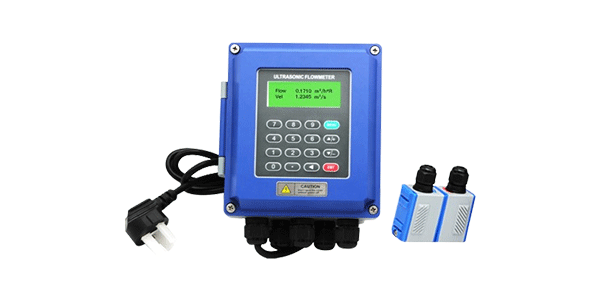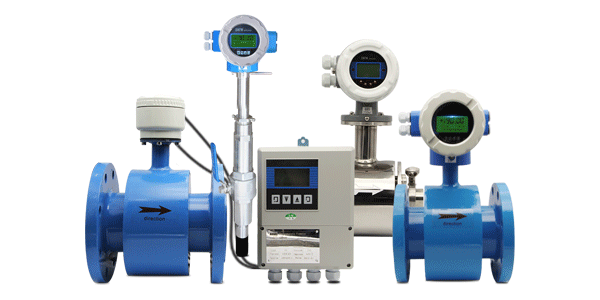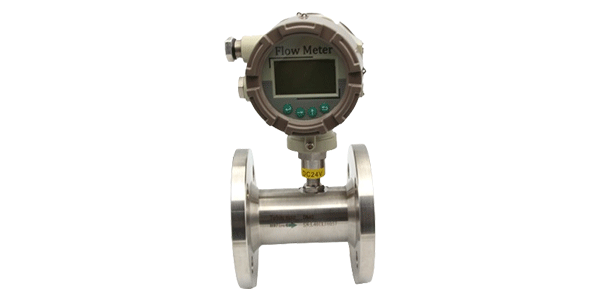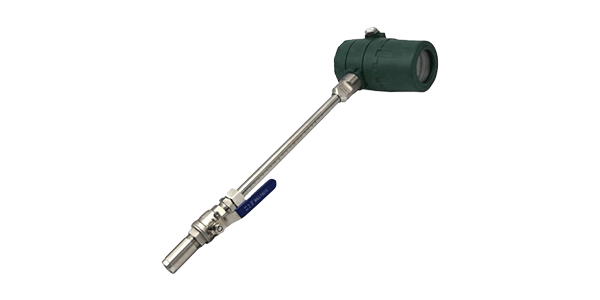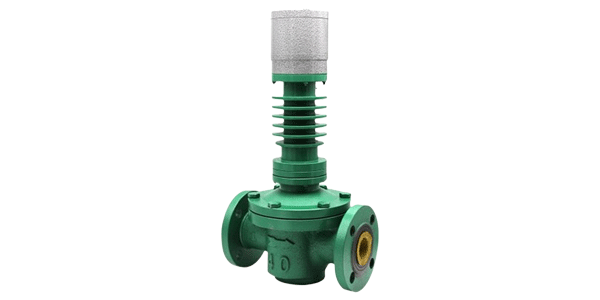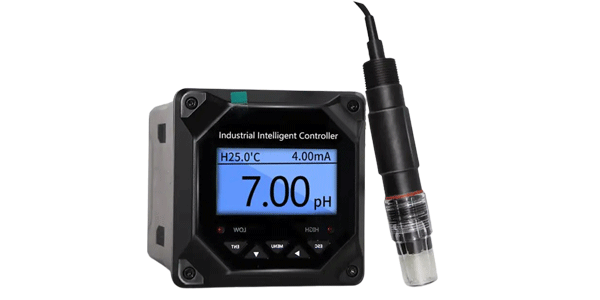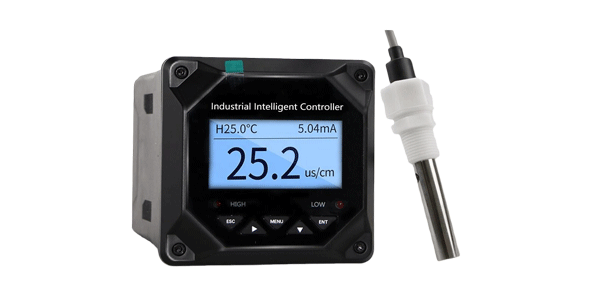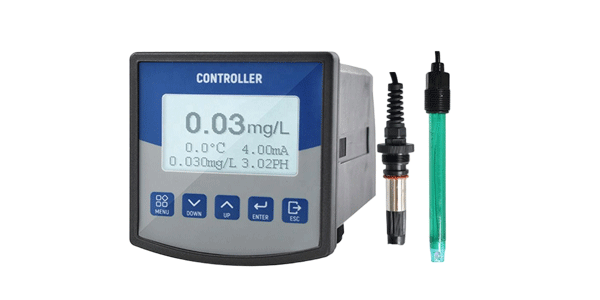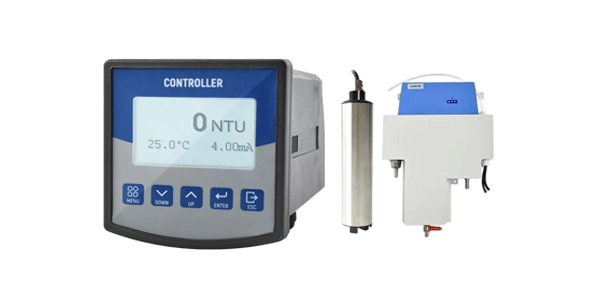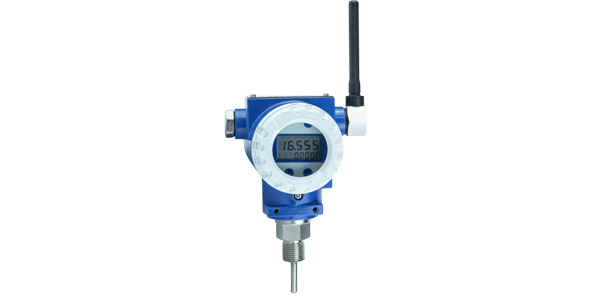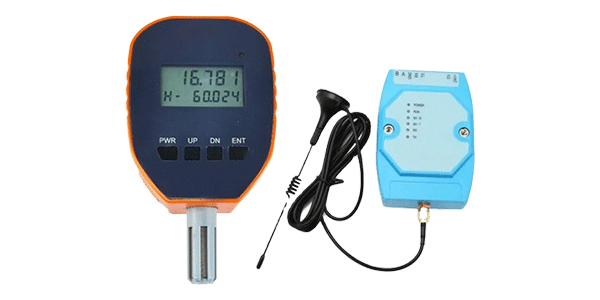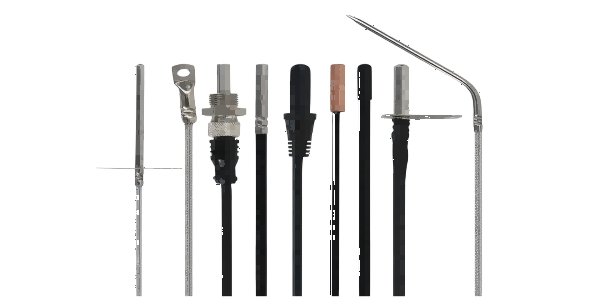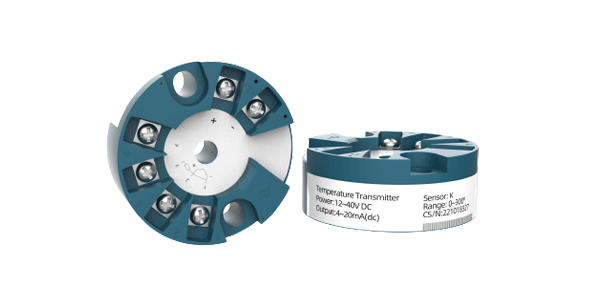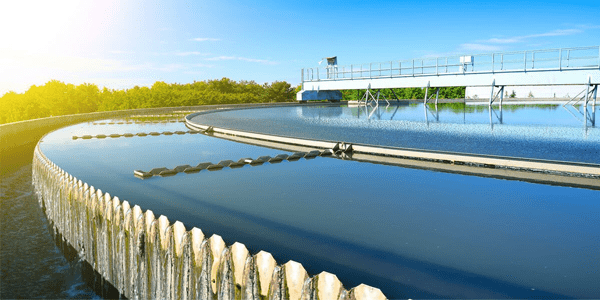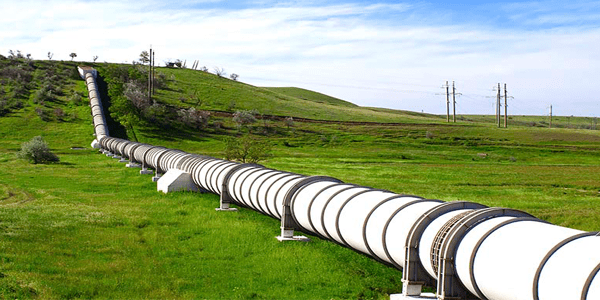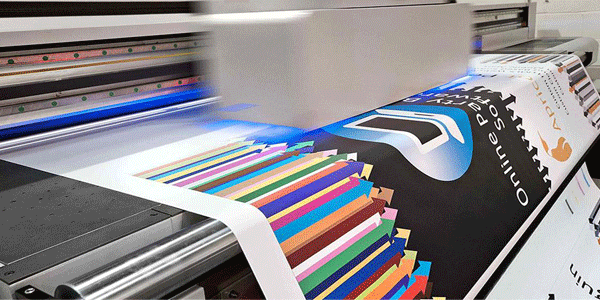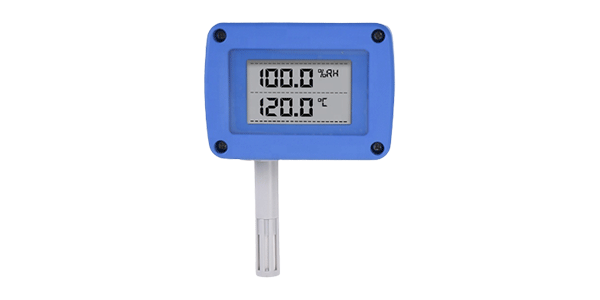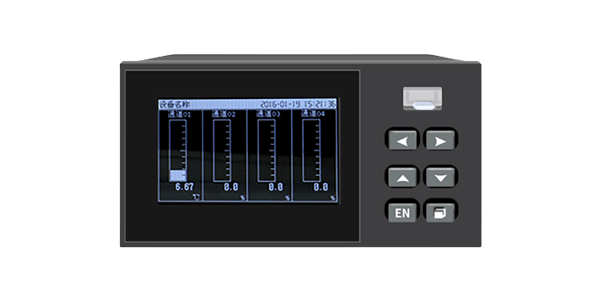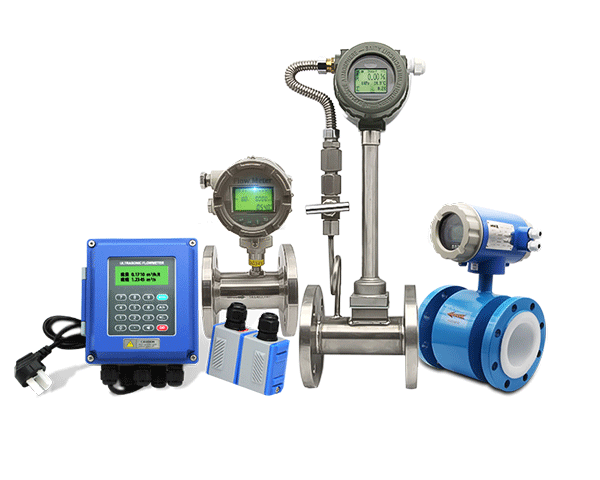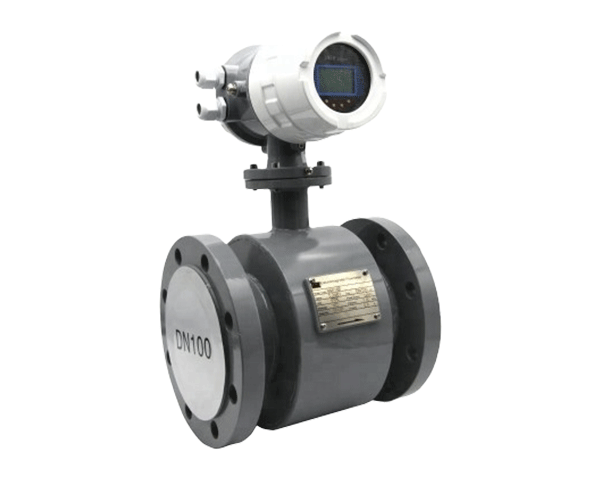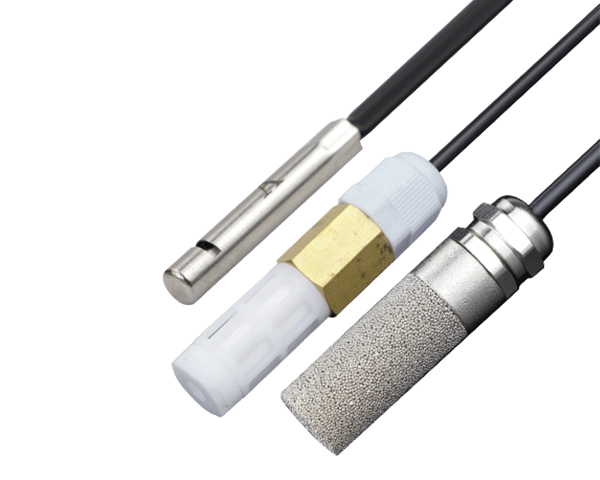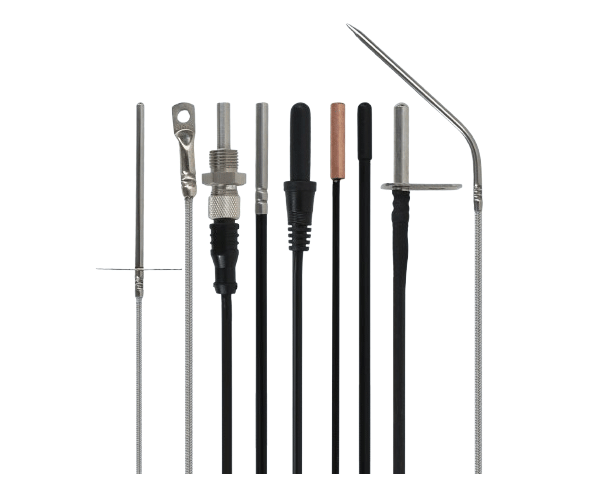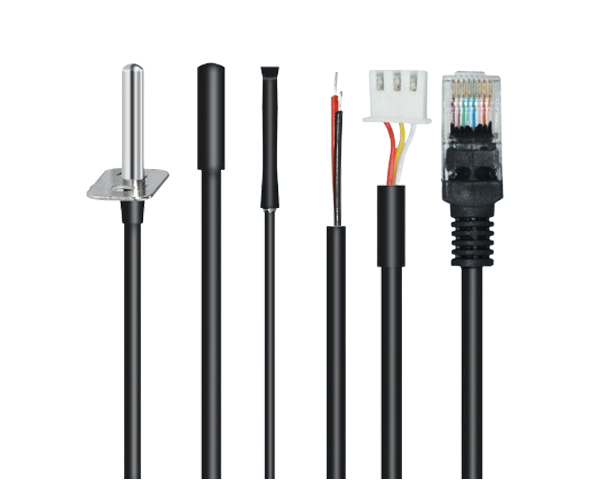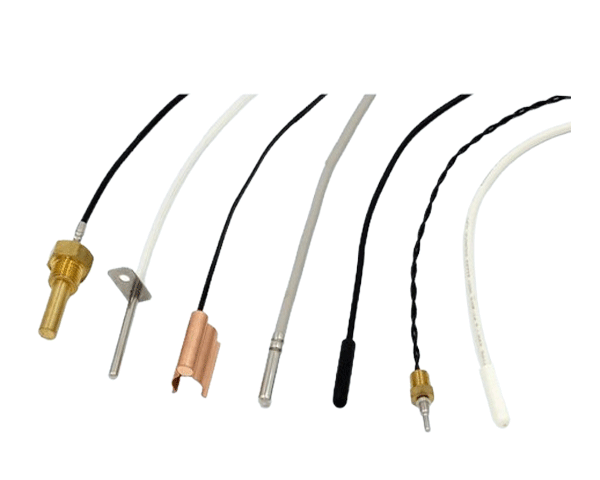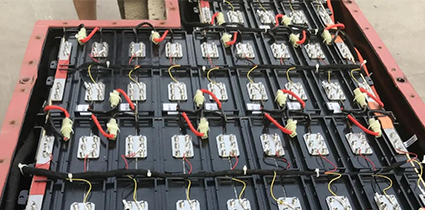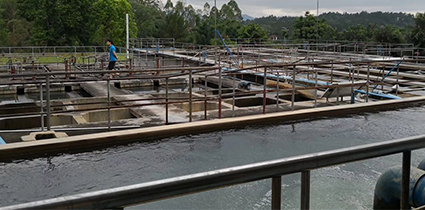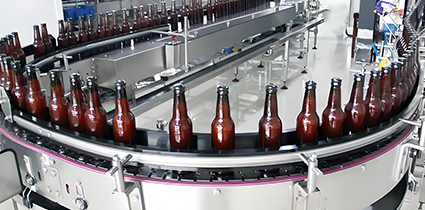What is CIP Cleaning and Why is it Essential for Food & Beverage Industries?
CIP (Cleaning in Place) systems, known as on-site cleaning systems, are widely implemented in highly mechanized food and beverage production enterprises including beverages, dairy products, juice, pulp, jam, and wine processing. The CIP cleaning system primarily consists of acid tanks, alkali tanks, water tanks, heating systems, pumps, and control systems. Without requiring equipment disassembly or movement, cleaning solutions are transported by centrifugal pumps and forced to circulate through material pipelines and equipment to achieve thorough cleaning objectives.

What Advantages Do CIP Cleaning Systems Offer Modern Manufacturing?
CIP cleaning systems deliver multiple significant advantages: ensuring consistent cleaning results and enhanced product safety; reducing operational time and improving efficiency; minimizing labor requirements while ensuring operational safety; conserving water, steam, and other energy resources while reducing detergent consumption; enabling production equipment scalability and high automation levels; and extending production equipment service life.

How Does the CIP Cleaning Process Work?
The CIP cleaning process follows a systematic approach to ensure comprehensive cleaning and sanitation of production equipment through controlled circulation of specialized cleaning solutions at optimal parameters.
What Key Monitoring Parameters Ensure Optimal CIP Cleaning Performance?
Why is Flow Measurement Critical in CIP Cleaning Systems?
During CIP cleaning processes, cleaning fluid flow rate and pressure are crucial parameters. Flow detection ensures proper circulation and mixing of cleaning solutions while guaranteeing expected cleaning effectiveness. Simultaneously, monitoring cleaning fluid consumption helps manage solution usage and control operational costs. Electromagnetic flow meters accurately measure acid and alkali cleaning fluid flows, while ultrasonic flow meters monitor soft water or RO water flow rates.
How Does Temperature Measurement Enhance CIP Cleaning Effectiveness?
The CIP cleaning process requires both contaminant removal and microbial elimination. Appropriate temperatures not only increase cleaning solution dissolution capacity and cleaning speed, facilitating faster removal of dirt and residues, but also improve sterilization effectiveness, ensuring cleaned equipment and pipelines meet strict hygiene standards. Temperature measurement can be achieved using thermal resistors or thermocouples for reliable monitoring.
What Water Quality Parameters Determine CIP Cleaning Success?
Why is pH Monitoring Essential for CIP Cleaning Optimization?
pH serves as a critical indicator measuring water acidity and alkalinity. During CIP cleaning processes, excessively high or low pH levels significantly impact cleaning effectiveness and may potentially damage equipment. Only maintaining appropriate pH values ensures optimized cleaning performance and equipment protection.
How Does Conductivity Monitoring Improve Cleaning Solution Management?
Through continuous conductivity monitoring, operators can determine whether cleaning solution concentration remains appropriate, then adjust solution ratios accordingly. This maintains cleaning solution stability and consistency, improves cleaning efficiency, and extends equipment service life through proper chemical management.
HOT keyword:
